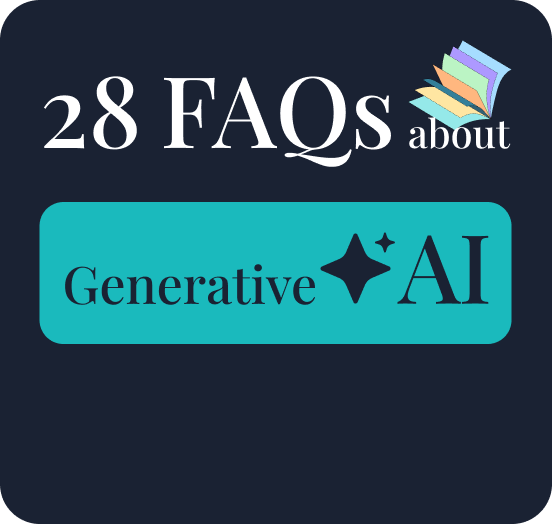Best Tools to Streamline Customer Support Operations
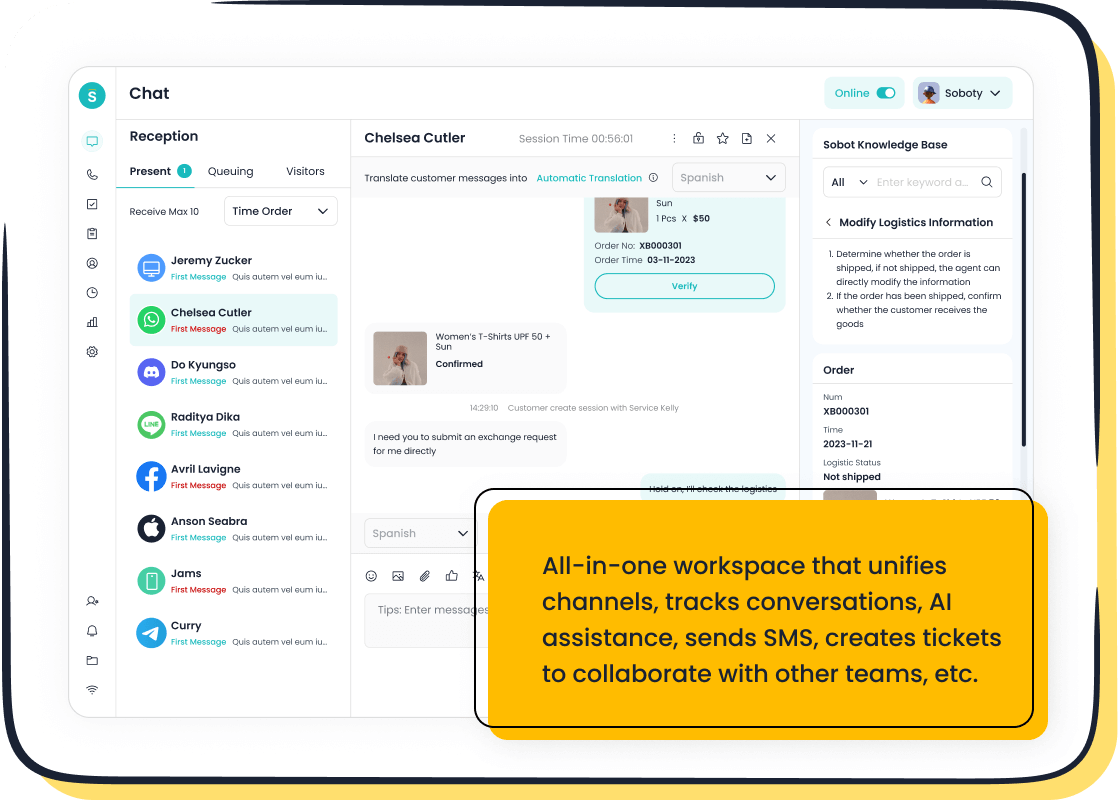
In 2025, automating customer support isn't just a trend—it’s a necessity. With 60% of businesses already using automation in their workflows, it’s clear that these tools are transforming how you connect with customers. They free up 82% of sales teams to focus on relationships while boosting satisfaction for 88% of employees. Sobot stands out by offering innovative solutions that make it easy to automate customer support and improve experiences for everyone involved.
Understanding Customer Service Automation Tools
What Are Customer Service Automation Tools?
Customer service automation tools are software solutions designed to simplify and enhance how you interact with customers. These tools use technologies like AI, machine learning, and natural language processing to handle repetitive tasks. For example, chatbots can provide real-time responses to customer inquiries, while CRM automation helps manage customer data and interactions. By integrating these tools into your customer service platform, you can shift from manual processes to technology-driven solutions that improve efficiency and customer satisfaction.
Here’s a quick breakdown of common automation types:
- Chatbots: Engage with customers in real-time, offering 24/7 support.
- CRM Automation: Organize customer data and track performance metrics.
- Self-Service Automation: Empower customers to find answers through FAQs or a self-service portal.
- Message Automation: Send updates via email or SMS automatically.
- Help Desk & Ticketing Software: Log and resolve customer inquiries efficiently.
Key Benefits of Automating Customer Support
Automation software offers several advantages that can transform your customer support experience. First, it reduces operational costs by up to 30%. Second, it improves response times by 40%, ensuring customers get help faster. Third, it boosts customer satisfaction by over 50%. These tools also provide 24-hour availability, scalability, and data collection for continuous improvement. By automating routine tasks, your team can focus on complex issues, enhancing both productivity and customer experience.
Common Applications in Customer Support Platforms
Customer support platforms use automation tools in various ways to streamline operations. For instance, platforms like Zendesk automate ticketing and routing, increasing agent productivity and ensuring 24/7 support. Capacity automates support across multiple channels, improving satisfaction for both customers and employees. Customer.io creates personalized customer journeys, offering a unified experience powered by first-party data.
| Platform | Functionality | Benefits |
|---|---|---|
| Capacity | Automate support across various channels (voice, web, email, etc.) | Grow revenue, reduce costs, improve satisfaction for customers and employees. |
| Zendesk | Automate ticketing, routing, and responses | Increased agent productivity, improved customer satisfaction, reduced costs, 24/7 support. |
| Customer.io | Create personalized customer journeys across channels | Unified customer experience, tailored messaging, powered by first-party data. |
By leveraging these tools, you can deliver real-time customer service tools that enhance efficiency and satisfaction.
Best Chatbot and Conversational AI Software for 2025
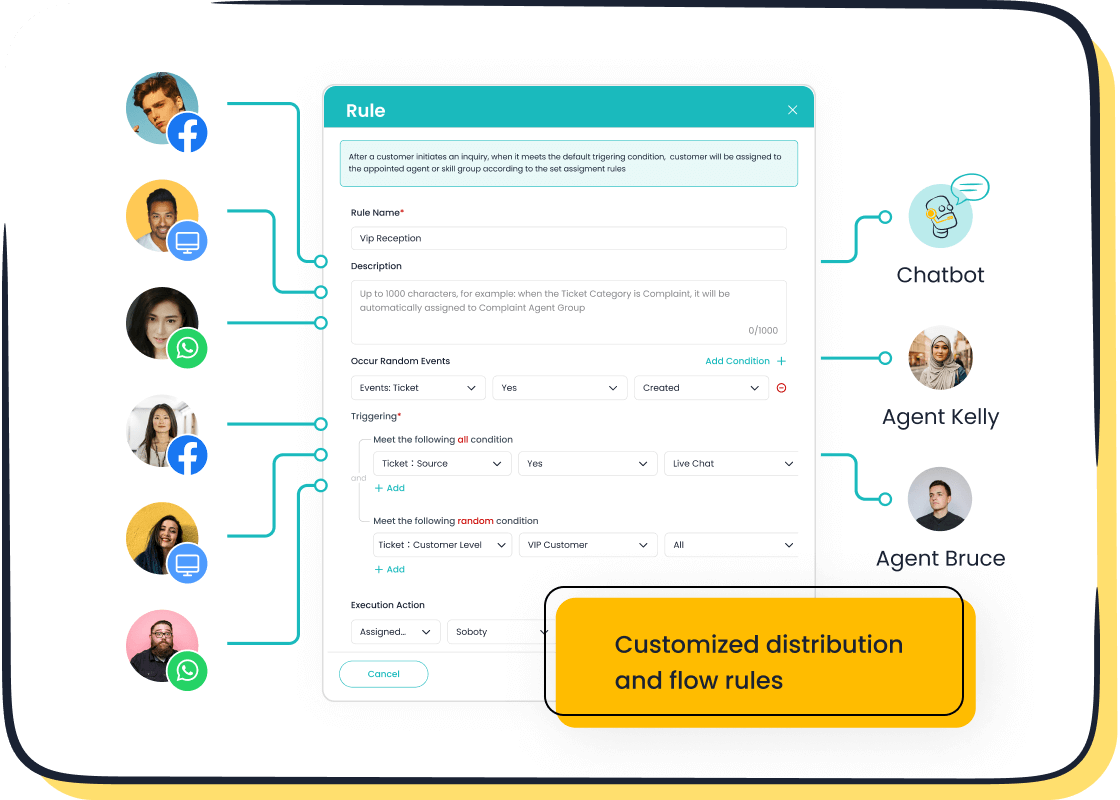
Overview of Chatbot Technology and Its Role in Customer Support
Chatbot technology has come a long way, and in 2025, it’s reshaping customer support. These AI-driven tools are designed to provide instant, accurate responses to customer inquiries, making them a favorite for businesses and consumers alike. Did you know that 64% of customers say 24/7 availability is the most helpful feature of chatbots? That’s because chatbots eliminate wait times and offer real-time solutions.
Businesses also benefit from faster complaint resolution, with 90% reporting significant improvements. Customers prefer self-service options, and chatbots deliver just that. They handle repetitive tasks, freeing up human agents to focus on complex issues. Plus, companies offering engaging chatbot experiences see 70% more customer interactions.
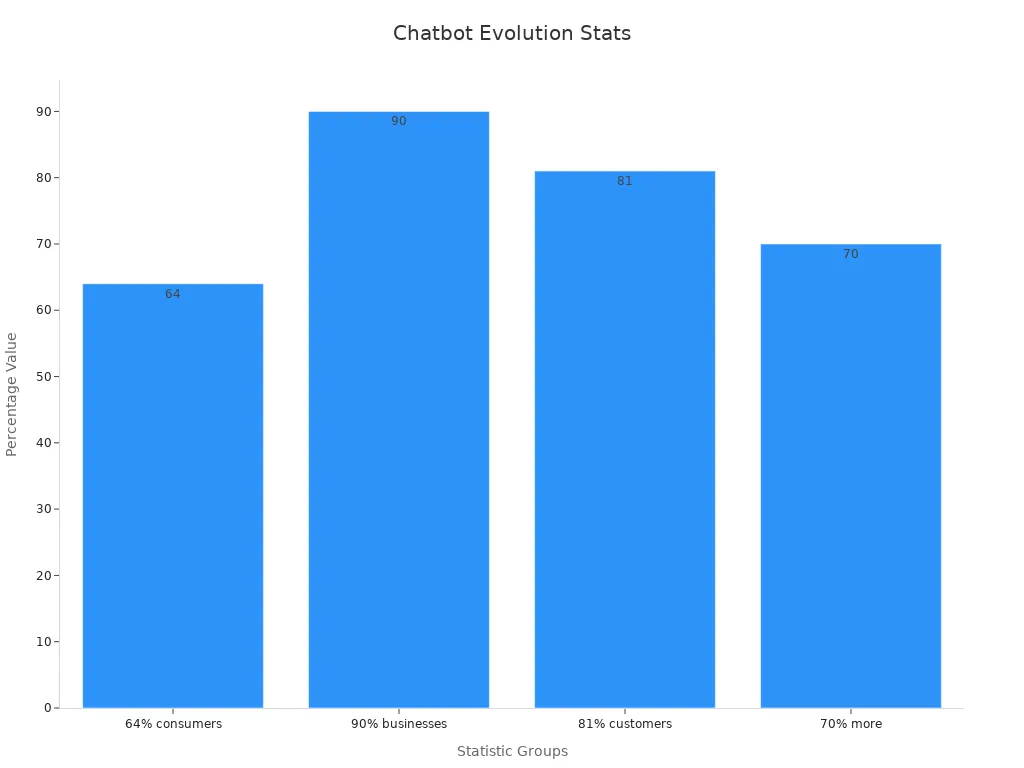
Top Chatbot Tools, Including Sobot's AI-Powered Chatbot
When it comes to the best chatbot and conversational AI software, several tools stand out. OpenAI’s ChatGPT leads in user adoption, while Anthropic’s Claude is praised for ethical AI. Google’s Gemini integrates deep search and analytics for quick responses.
Sobot’s AI-powered chatbot deserves a spotlight here. It’s multilingual, ChatGPT-enabled, and available 24/7. This tool doesn’t just answer questions—it learns from interactions to improve over time. It also integrates seamlessly with other systems, ensuring a smooth customer experience. For example, OPPO used Sobot’s chatbot to achieve an 83% resolution rate and a 94% positive feedback score.
Features and Benefits of Chatbot and Conversational AI Software
Chatbots today are packed with features that make them indispensable. Here’s what you can expect:
- Machine Learning: Chatbots learn from interactions, offering personalized responses.
- Omnichannel Messaging: They interact across platforms like WhatsApp, Facebook, and Instagram, recalling past conversations for continuity.
- Natural Language Understanding (NLU): Chatbots interpret user messages accurately, ensuring smooth communication.
- Live Chat Handover: When queries get complex, chatbots transfer conversations to human agents seamlessly.
- Sentiment Analysis: They detect customer emotions, improving interaction quality.
The benefits are equally impressive. Chatbots provide fast, 24/7 service, reduce agent workload, and enhance customer engagement. They even detect customer intent, making interactions more meaningful. With tools like Sobot’s chatbot, you can deliver personalized experiences while boosting efficiency.
Leading Customer Service Software for CRM Integration
Why CRM Integration Is Crucial for Customer Support
CRM integration is a game-changer for customer support. It connects your customer service automation tools with a centralized system, giving you a complete view of every customer interaction. This means no more repetitive questions or fragmented communication. Instead, you can offer faster resolutions and tailored support that keeps customers happy.
Here’s why it matters:
- Enhanced Customer Insights: Access a full history of interactions, helping your team address issues more effectively.
- Improved Customer Experience: A holistic view ensures smoother conversations without asking customers to repeat themselves.
- Proactive Support: Spot potential issues early and resolve them before they escalate.
With CRM integration, you’re not just solving problems—you’re building trust and loyalty.
Top CRM Tools for Customer Service Automation
The CRM software market is booming, especially in regions like Asia-Pacific, where digitalization is on the rise. Leading tools like Salesforce, SAP, and Microsoft Dynamics are setting the standard. These platforms combine AI-powered analytics with automation to streamline customer support operations.
Key highlights include:
- Salesforce: Offers AI-driven insights tailored for industries like retail and finance.
- Microsoft Dynamics: Integrates seamlessly with other Microsoft tools, making it a favorite for enterprises.
- SAP: Focuses on customer-centric solutions with advanced automation features.
These tools help you manage customer data, automate workflows, and improve satisfaction. They’re essential for any business looking to scale its customer support tools.
Enhancing Customer Relationships with Sobot's Omnichannel Solution
Sobot’s omnichannel customer service platforms take CRM integration to the next level. By unifying all communication channels—like email, social media, and live chat—into one workspace, Sobot ensures your team has everything they need to deliver exceptional service.
For example, companies using omnichannel strategies retain up to 91% of their customers. Sobot’s solution goes beyond integration by offering AI-driven automation, real-time analytics, and seamless collaboration. This means your agents can focus on meaningful interactions while the system handles repetitive tasks.
With Sobot, you’re not just managing customer support—you’re creating experiences that drive loyalty and long-term success.
Best Tools for Ticketing and Workflow Automation
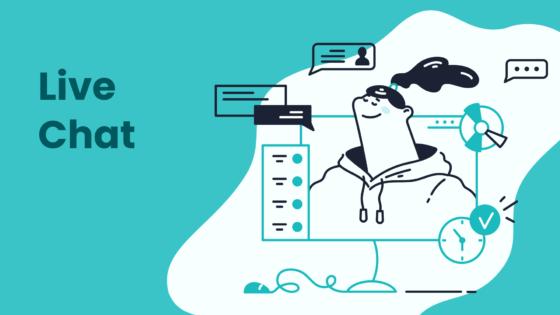
The Role of Ticketing Systems in Streamlining Support Operations
Ticketing systems are the backbone of efficient customer service automation. They organize customer inquiries into manageable tickets, ensuring no request slips through the cracks. These systems streamline operations by automating repetitive tasks like ticket assignment and prioritization. This means your team can focus on resolving issues rather than juggling tasks.
Here’s why ticketing systems are essential:
- They improve efficiency by automating workflows and reducing manual effort.
- They provide 24/7 support, ensuring customers always get help when they need it.
- They speed up complaint resolution, enhancing the overall customer experience.
- They allow your team to assist more customers in less time.
For example, companies using automated ticketing and helpdesk software resolve complaints 52% faster than those relying on manual processes. This not only boosts productivity but also improves customer satisfaction scores.
Recommended Ticketing Tools, Including Sobot's Ticketing System
When it comes to ticketing and helpdesk software, choosing the right tool can make all the difference. Sobot’s ticketing system stands out as a top choice. It automates workflows, manages SLAs, and supports email ticketing, making it a comprehensive customer support tool.
Sobot’s system offers:
- Intelligent ticket routing to the right agents.
- Built-in analytics to track key performance indicators like response times and resolution rates.
- Seamless integration with live chat tools, ensuring a unified workspace for agents.
For instance, OPPO leveraged Sobot’s ticketing system to handle high volumes of customer inquiries during peak shopping periods. The result? A 94% positive feedback rate and a 57% increase in repurchase rates. This showcases how effective ticketing tools can transform your customer experience.
Benefits of Workflow Automation in Customer Support Platforms
Workflow automation takes customer support tools to the next level. By automating routine processes, you can reduce labor costs and improve efficiency. Here’s what the data says:
| Benefit Description | Percentage |
|---|---|
| Organizations using guided self-service | 34% |
| Experts who say automating feedback gathering helps | 65% |
| Companies using chatbots for customer interactions | 38% |
Automation also empowers customers to solve problems independently, streamlining processes and freeing up your team for more complex tasks. With tools like Sobot’s ticketing system, you can automate workflows, track performance, and deliver faster resolutions. This not only enhances productivity but also builds trust and loyalty with your customers.
How to Choose the Right Customer Service Automation Tool
Assessing Business Needs and Goals
Choosing the right customer service automation tool starts with understanding your business needs. Begin by analyzing your current processes. Identify repetitive tasks that could benefit from automation. For example, are your agents spending too much time answering the same questions? If so, a chatbot might be the solution. Next, define your goals. Do you want to improve response times or enhance the customer experience? Create a roadmap that outlines these objectives and how automation can help achieve them.
Once you’ve set your goals, it’s time to act. Implement the tool and monitor its performance. Does it meet your expectations? If not, tweak the setup to improve efficiency. Always keep an eye on the future. Your business will grow, and your automation tools should grow with it. This ensures long-term success and keeps your team engaged.
Evaluating Integration Capabilities and Scalability
Integration and scalability are critical when selecting customer service software. A tool that doesn’t work well with your existing systems can create more problems than it solves. Look for software that supports APIs and extensions. This ensures compatibility with your workflows. For instance, Sobot’s solutions integrate seamlessly with platforms like Salesforce and Shopify, making them a reliable choice.
Scalability is equally important. As your business expands, your tools should handle increased workloads without compromising performance. Some tools excel in this area, while others may struggle. Evaluate your options carefully to avoid limitations down the road.
| Criteria | Description |
|---|---|
| Integration Capabilities | Compatibility with workflows, API support, and cross-platform functionality. |
| Scalability | Ability to handle growth and large-scale operations effectively. |
Budget Considerations and ROI Analysis
Budget plays a big role in your decision. While it’s tempting to go for the cheapest option, consider the long-term value. Tools that reduce operational costs or boost productivity often justify their price. For example, process automation can cut costs by up to 28% and increase productivity by 20%. Predictive analytics tools can even lead to a 15% revenue increase.
Think about ROI. Will the tool save you money or improve customer loyalty? For instance, customer service bots can reduce support costs by 30%, while enhancing customer experiences can increase loyalty by 10%. These benefits make automation a smart investment for businesses aiming to grow.
| Study/Source | Key Findings | Impact on Budget Considerations |
|---|---|---|
| Forrester | Process automation reduces costs by 28%. | Highlights cost-saving potential for automation. |
| Zendesk | Better experiences boost loyalty by 10%. | Shows long-term financial benefits through retention. |
Customer service automation tools are transforming how businesses operate in 2025. They improve efficiency, reduce costs, and boost customer satisfaction. Metrics like First Contact Resolution Rate and Net Promoter Score (NPS) highlight their impact:
| Metric | Description |
|---|---|
| Average Response Time | Indicates how quickly the automation software responds to customer inquiries. |
| First Contact Resolution Rate | Measures the percentage of customer issues resolved on the first interaction. |
| Customer Satisfaction (CSAT) | Reflects how satisfied customers are with the service they received. |
| Net Promoter Score (NPS) | Measures customer loyalty by asking how likely customers are to recommend your service. |
| Cost Savings | Evaluates operational cost reductions after implementing automation. |
Top tools like AI-powered chatbots, live chat platforms, and omnichannel solutions stand out for their ability to automate repetitive tasks, unify communication, and provide 24/7 support. For example:
- AI for agents drafts responses and automates workflows.
- Self-service options empower customers, reducing ticket volumes.
- Unified communication channels merge queries from multiple platforms.
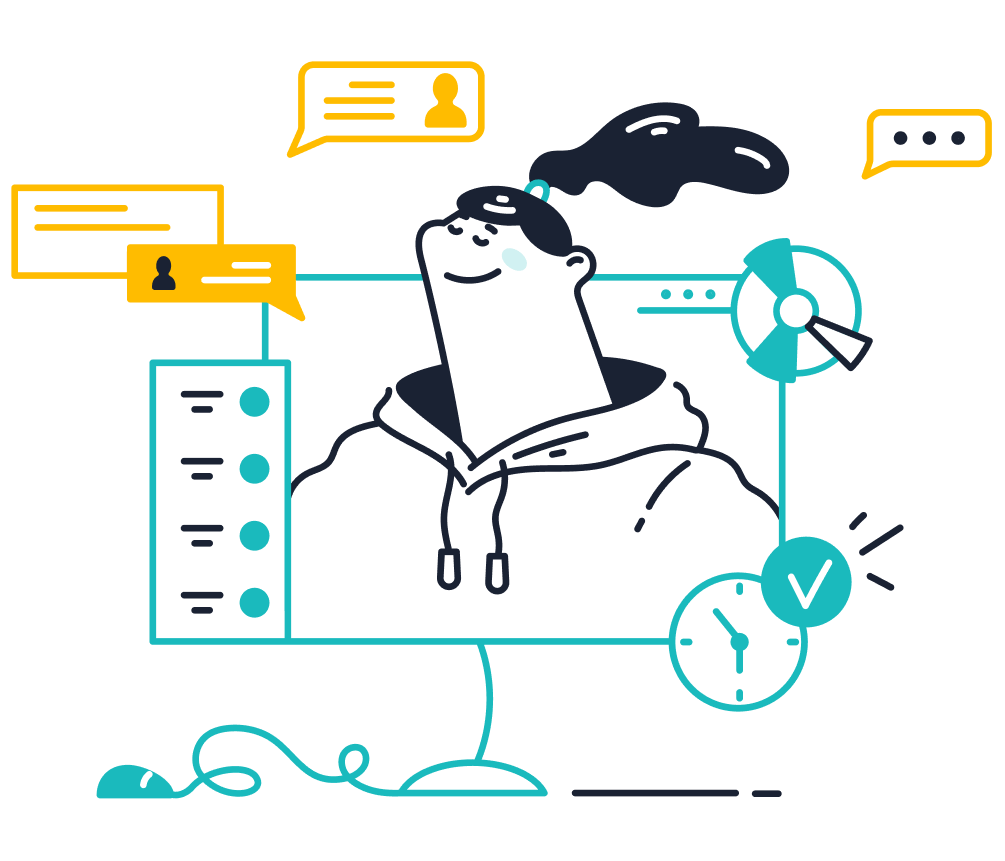
Sobot’s solutions, like its Live Chat and Omnichannel Platform, take automation to the next level. They help you deliver faster responses, improve customer loyalty, and streamline operations. Ready to enhance your customer support? Explore Sobot’s tools today!
FAQ
What is the best way to start automating customer support?
Begin by identifying repetitive tasks. Use tools like chatbots or ticketing systems to handle FAQs and streamline workflows. Start small and scale as needed.
How do I measure the success of automation tools?
Track metrics like response time, resolution rate, and customer satisfaction (CSAT). These indicators show how well your tools improve efficiency and customer experience.
💡 Tip: Use built-in analytics from tools like Sobot to monitor performance and make data-driven decisions.
Can automation replace human agents entirely?
No, automation complements human agents. It handles repetitive tasks, freeing agents to focus on complex issues. This balance improves efficiency and customer satisfaction.
See Also
Effective Strategies for Live Chat in Customer Support
Enhance SaaS Customer Support Using Live Chat Techniques
2024's Leading Customer Service Software: Top 10 Picks
